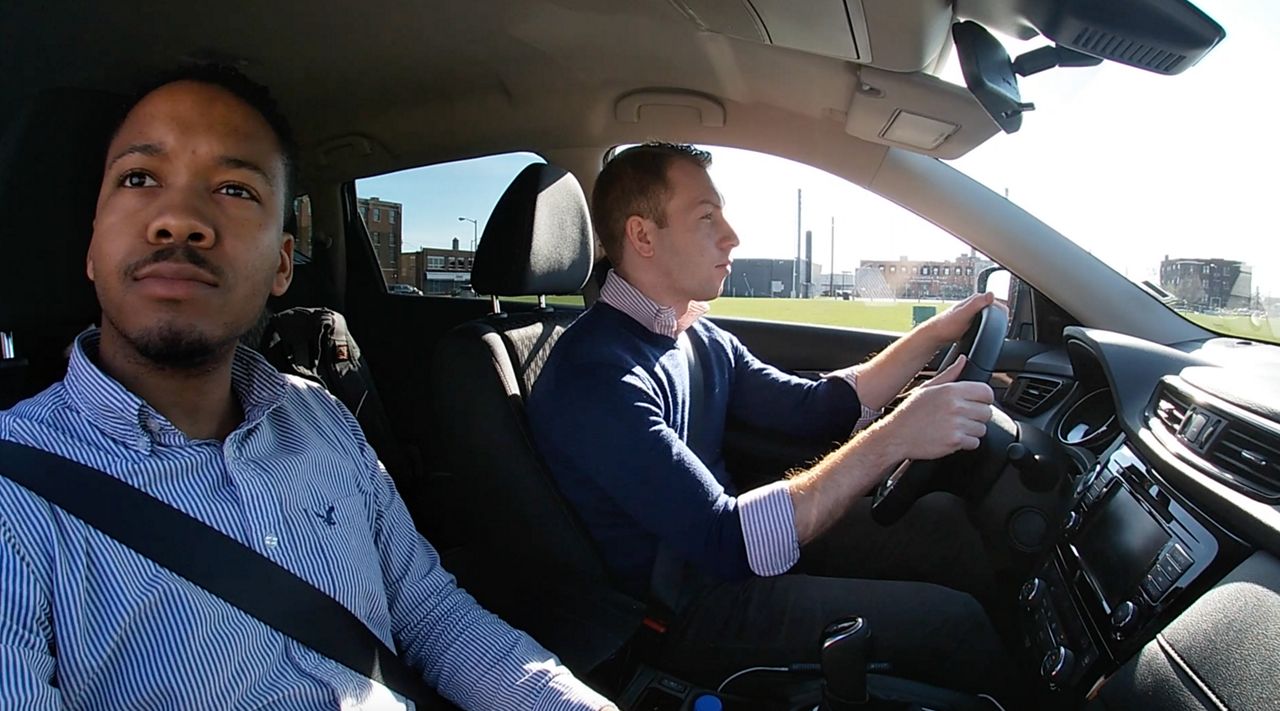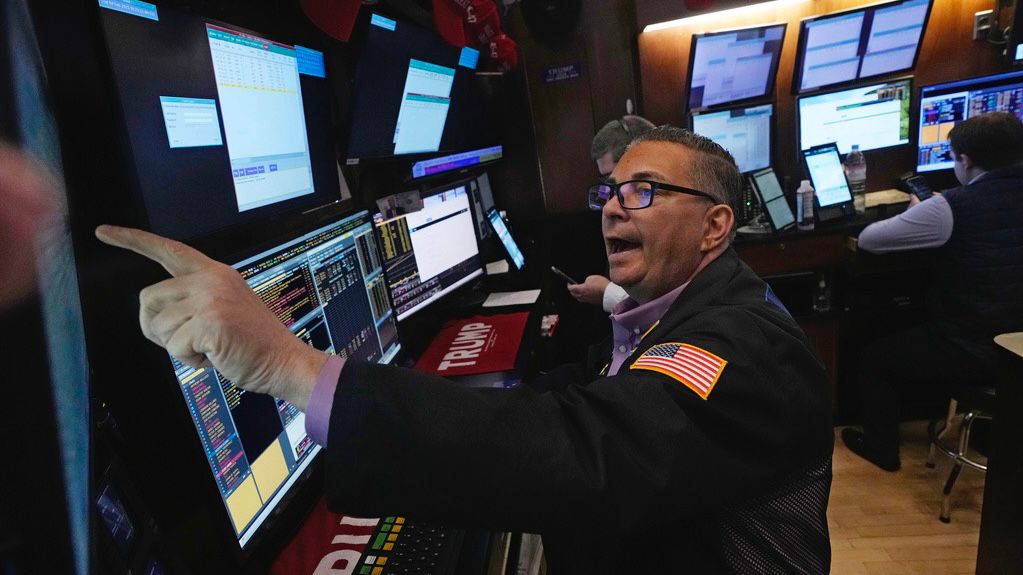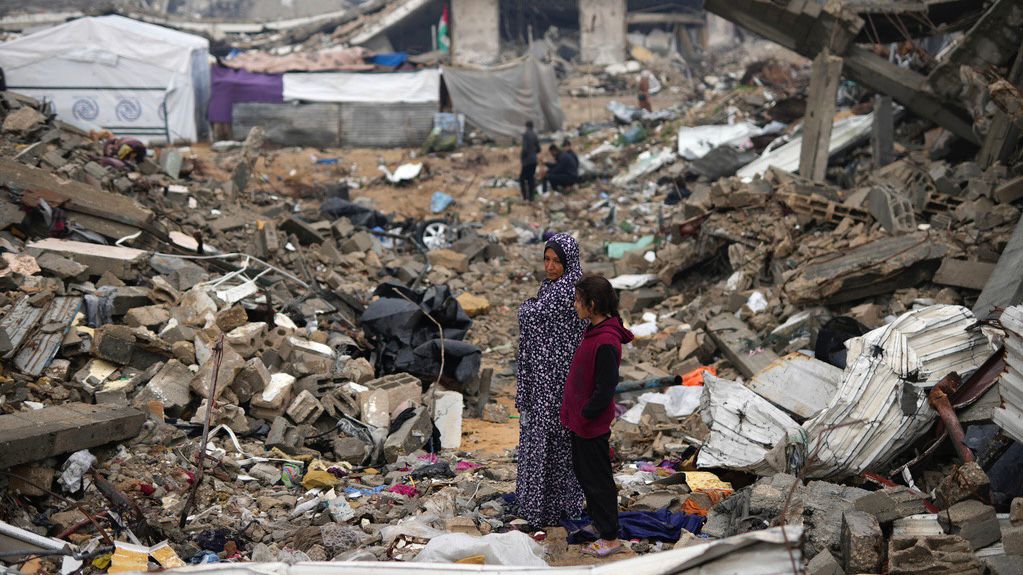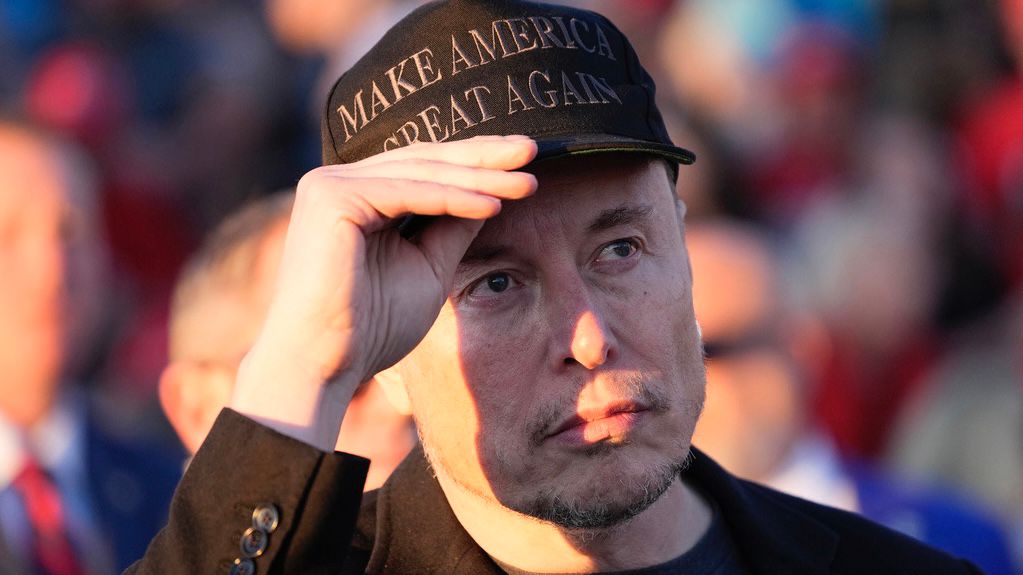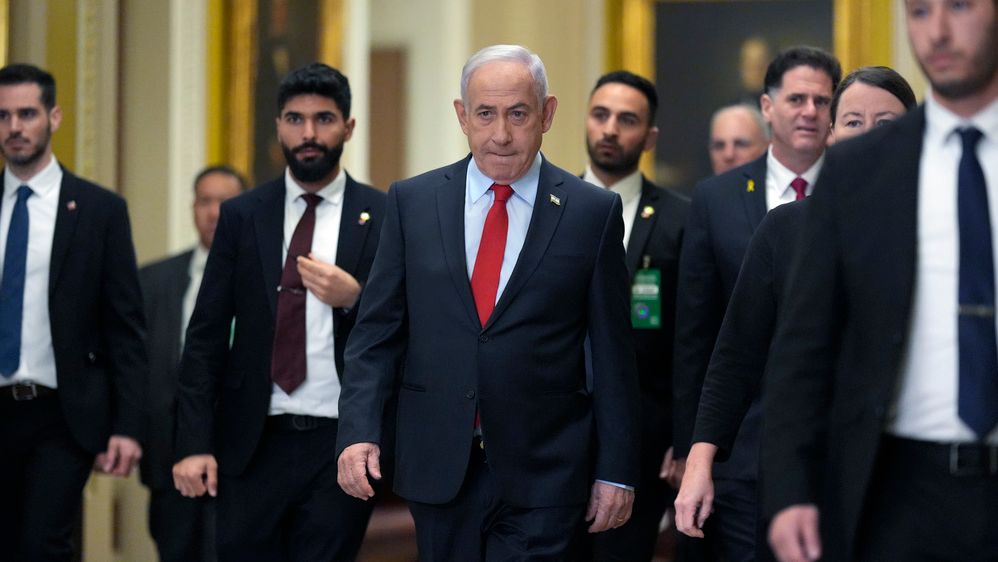
Click here to watch Episode 1: "The Pivot"
Click here to watch Episode 2: "Trump Country"
Click here to watch Episode 3: "Heartland Hopefuls"
Click here to watch Episode 4: "What Matters"
Some voters chose Obama twice and then Trump. What now?
Our usual day jobs have us covering Congress for the Spectrum News Washington Bureau. Taylor Popielarz tracks Ohio’s delegation and Taurean Small follows Wisconsin’s. But before working in D.C., we spent a combined seven years working as local news reporters in northern Indiana and southwest Michigan. We had a front row seat to the 2016 election, the rise of Donald Trump and the start of South Bend, Indiana Mayor Pete Buttigieg’s national political career.
All of this led us to this project. Because the numbers and results should not be ignored.
Out of 137 million votes cast in the 2016 election, Trump’s Electoral College win came down to just 80,000 in three states — Michigan, Wisconsin and Pennsylvania. As the president launches his campaign for re-election, Midwesterners from Indiana (Buttigieg), Minnesota (Sen. Amy Klobuchar) and Ohio (Rep. Tim Ryan) are three of the two dozen Democrats looking to run against him.
Throughout the last two months, we traveled to the six states listed above. We poured through election data and chose one county in each state that had voted for Barack Obama twice before pivoting to Trump. And then we interviewed over 50 people, including local party chairs, county clerks, everyday voters, the three Midwest candidates and a member of the Trump campaign to dissect what happened in 2016 and what may happen in 2020.
These are the stories we found, with one main conclusion surfacing: Don’t be surprised if President Trump is re-elected.
THIS IS HOW THE COUNTIES WE VISITED PIVOTED IN 2016
THE PIVOT
Click here to watch Episode 1: "The Pivot"
The counties we visited were six out of 206 counties across the country that underwent a change in 2016.
Erie County, PA, Trumbull County, OH, Vigo County, IN, Van Buren County, MI, Sauk County, WI and Mower County, MN chose Donald Trump for president after voting twice for Barack Obama.
We sat down with the people who run the elections in these counties to see if anything stood out.
“It certainly was sort of an unusual thing happening,” said Scott Felten, Mower County’s auditor/treasurer. “Because in the 2008, 2010, 2012, 2014, 2016 and 2018 elections, Donald Trump was the only Republican to win a majority of the votes in Mower County in any of those elections.”
Stephanie Penrose, who serves as Trumbull County’s Board of Elections director, couldn’t quite put her finger on why the shift happened either.
“We’re still, largely, a Democratic county,” she said. “That hasn’t changed. I think that was an exception to the rule in 2016.”
While the clerks we spoke to couldn’t give us concrete answers, there was one common theme.
“A lot of people that have spoken with us have said ‘we vote for the person, not the party,’” said LeAnna Moore, Vigo County chief deputy clerk.
Officials in Erie County agreed.
“I think labels aren’t always quite so important to voters here,” said Douglas Smith, the Erie County clerk.
Local party leaders on both sides said that Trump’s message resonated in the Midwest -- specifically with Democrats.
“Here in Ohio, you have a lot of crossover votes,” said Tom O’Neill, former Trumbull County Young Republicans chair. “People are voting for a Democrat here, Republican there. There’s really not that party loyalty in the Midwest, I would say.”
Barbara Rosier-Tryon and Cathy Lukasko — two other Republican leaders in Trumbull County — joined our conversation with O’Neill.
Rosier-Tryon said she hadn’t seen enthusiasm like that for a Republican candidate from middle-of-the-road Democrats before 2016.
“When McCain ran — I mean, McCain came here to Youngstown and Sarah Palin, they came and the rally was full,” she said. “Romney came. Everybody would come here, but it was just not the same.”
Lukasko said the difference was the rallies before Trump were only attended by Republicans.
“This was the first time we saw Democrats come over,” Lukasko said.
They say Hillary Clinton did not have that same effect in 2016.
“I honestly think if the Democrats would’ve run somebody else, Donald Trump might not be our president today,” “I honestly think if the Democrats would’ve run somebody else, Donald Trump might not be our president today,” said Rosier-Tyron.
Even Democrats acknowledged Trump ran on a stronger message.
“Trump was able to reach what we all feel,” said Tammy Wood, Sauk County Democratic Party chair. “We feel like we’ve been left out of the process. He was able to tap into that subset, you know, ‘I’m going to drain the swamp, I’m going to change all that stuff, it’s going to be about you,’ and we didn’t get that from Hillary Clinton.”
Clinton won the popular vote by about 3 million, but just 80,000 votes in three Midwest states gave Trump the Electoral College.
“There was a lot of discussion about just the strength of the Hillary campaign, although there wasn't a great presence from the Hillary campaign here,” said Jim Wertz, Erie County Democratic Party chair. “And I think a lot of people were frustrated by that.”
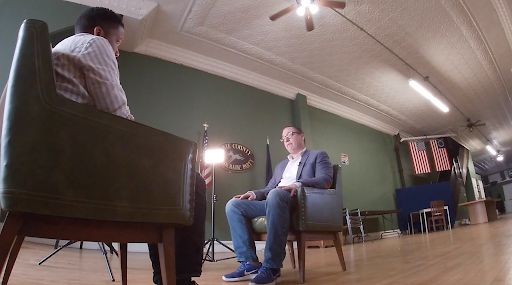
We asked Scott Frostman, the vice chair of the Sauk County Republican Party, how local GOP voters reacted to Trump’s victory.
“It was very rewarding,” he said. “Obviously it was something that was kind of surprising because since 1984, [Wisconsin] had always gone Democratic and sometimes it’s almost disheartening.”
We asked local Democratic Party leaders if they were concerned that those states that flipped from blue to red will stay red in 2020.
“I don't think that's true at all," said Celinda Gilmore, Van Buren County Democratic Party chair. "I think that we have to have hope and people will come out and vote if we have a message."
But is there a message strong enough to make these counties pivot back?
“I’ll put it this way, for someone that is progressive or a little more left, I will say that as a candidate Trump is going to make this election out to be capitalism versus socialism,” said Smith. “And I believe that message will get the attention of a lot of Democratic voters here and give them pause for pulling that straight party lever.”
TRUMP COUNTRY
Click here to watch Episode 2: "Trump Country"
Folks in the Midwest looking for a change in 2016 found one in Donald Trump and his unconventional style.
“He doesn’t take a lot of punches, you know, and fights back,” said Doran Kasel, Mower County Republican Party chair. “We haven’t had a candidate that has done that that I recall.”
A few Republicans we spoke with said Trump’s abrasive attitude was a cause for concern.
“A lot of people just, you know, are kind of offput, sometimes, by his bluntness and sometimes his style, so it took a little while to get in the Trump camp,” said Frostman, the Sauk County Republican vice chair.
But some voters said they appreciated his approach to Washington politics.
“He’s called out a lot of the Democrats on a lot of stuff," said Chad Feller, a voter in Vigo County, "and he's called out some of the Republicans on a lot of stuff."
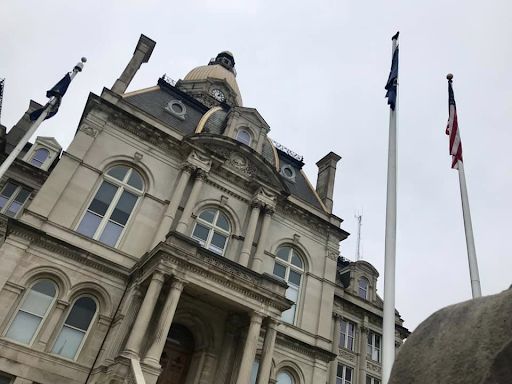
We asked Indiana-based political scientist Dr. Elizabeth Bennion what clicked.
“It may be that [Trump’s] not the ordinary person, but he was able to project that image of being an ordinary person who you could talk to, and at the same time, being that success story that many Americans wanted to see or have for themselves,” she said.
That image helped Trump convert some voters who previously supported Democrats.
“Too many people in Washington, D.C. look at things in terms of just Republican or Democrat, red versus blue, whether it’s a county or a state,” said Marc Lotter, the director of strategic communications for Trump’s 2020 campaign. “I think what we really need to be thinking about is these are not necessarily Republican counties or Republican states, they’re Trump states.”

Lotter said confidence is high heading into the next election and the Democrats looking to run against Trump in the general aren’t on his radar.
“We honestly don’t view them any differently than the other ones,” said Lotter.
But Republicans in those battleground states disagreed.
“Definitely Biden,” said Lukasko, a Trumbull County GOP leader. “Biden has the Democrat base. Biden has the union. And he can sway those people that went to Trump very easily. But he’s also a little bit more liberal than some Democrats would like him to be.”
We asked Lotter if the campaign viewed Biden’s ability to connect with Midwest voters as a threat.
“I think the Midwest voters need to realize that Joe Biden has been lying to them for much of his last campaign efforts because his results don’t match his rhetoric,” said Lotter.
But do Trump’s results match his rhetoric?
We stumbled upon a breakfast club at a McDonald’s in Mower County made up of Republican and Independent retirees.
“I was kind of a reluctant Trump supporter,” said Republican voter Denny Schminke. “I did vote for him, but he’s gained a certain grudging respect from me."
“He says he’s going to close the border — he never closes the border,” said Republican Roger Christensen. “He always says he’s going to get a wall, but we don’t get a wall. Democrats aren’t going to let him have a wall."
And one Independent voter at the meetup said he couldn’t support Trump again.
“He’s not a guy that I trust anymore at all,” said Richard Wuertz.
Maintaining and expanding the Trump base is key to getting the president re-elected.
Lotter said Trump’s campaign is working to reach out to voters who didn’t support him in 2016.
“I think the thing we’re going to ask them is take a look at the numbers; take a look at where our country is right now,” he said. “Our economic boom is stronger than was ever expected."
“People, if they really look at what Trump has been successful in accomplishing, really look at it, he has done a lot of good,” said Ann Grunewald, Erie County, Republican Committee chair.
While others say the party has more work to do.
“I think that educating people what the Republican platform stands for is our biggest obstacle,” said Erin Garnaat, Van Buren County Republican Party chair.
Democrats in these unique pivot counties, on the other hand, are still trying to understand Trump’s devoted base.
“Some people are upset with him,” said Dan Polivka, the chair of the Trumbull County Democratic Party. “Some people that have been diehard Democrats for all their life still like him.”
So do Democrats in the Midwest think Trump could win again?
“He could,” said Gilmore, the Van Buren Democratic Party chair. “I think because the devil you know is better than the devil you don’t sometimes. And I think that we still have many people who believe what he says regardless of what the evidence says.”
HEARTLAND HOPEFULS
Click here to watch Episode 3: "Heartland Hopefuls"
They are three of the 23 Democrats running for president, but they’re the only ones who call the Midwest home.
As we traveled throughout the part of the country that handed Donald Trump an Electoral College victory in 2016, we caught up with South Bend, Indiana Mayor Pete Buttigieg, Minnesota Senator Amy Klobuchar (D-MN), and Ohio Congressman Tim Ryan (D-13) to find out why they think having a Midwest voice in the 2020 race is so important.
“The Midwest is filled with people in working class and middle class families who stand to gain the most from our party’s commitment to raising wages and making working conditions better for all of us,” Buttigieg told us. “But somewhere that message got lost, it got garbled, and it got to where the Midwest wasn’t able to hear Democrats. I want to change that.”
Watch Taylor and Taurean's full interview with Mayor Pete
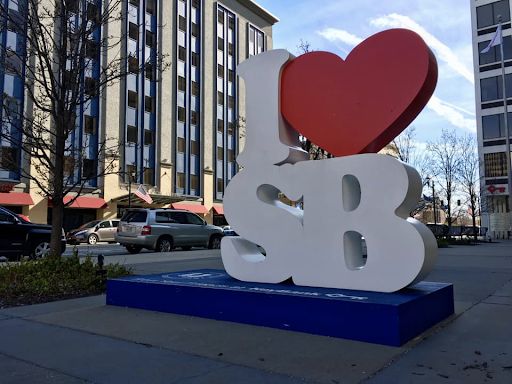
In an interview in Washington, Klobuchar said, “I think with this lack of trust that we have right now in our government, especially a lot of my constituents and people in the Midwest that don’t trust what’s going on in Washington, I think it’s a benefit to be from the Midwest."
Watch Taurean's full interview with Sen. Klobuchar
Ryan told us being born and raised in Ohio would mold who he would be as president.
“I mean, you think about where I’m from,” he said. “I’m from the epicenter of deindustrialization over the last 40 years … and many, many other issues are right there. And it would make sense to put somebody in the White House that actually knows what people are going through.”
Watch Taylor's full interview with Rep. Ryan
But is not having Midwest roots a dealbreaker for voters?
We asked a Republican in Sauk County, an Independent in Mower County, and a Democrat in Erie County.
“I certainly wouldn’t vote for either three of them,” said Mike Clark, the Republican.
“They don’t have to be from Minnesota to represent what my interests are for the nation,” said Dan Wilson, the Independent.
“I don’t know that they necessarily need to be from the Midwest, but they definitely need to be able to speak to the Midwestern voter. And that’s a unique challenge,” said Wertz, the Democrat and current chairman of the Erie County Democratic Party.
Dr. Bennion, the Indiana political scientist, agreed with Wertz.
“In terms of the Democrats, I think what we’re hearing is really a message that narrative matters, that people care about numbers and statistics and economic performance, but they also care about your ability to connect with them,” “In terms of the Democrats, I think what we’re hearing is really a message that narrative matters, that people care about numbers and statistics and economic performance, but they also care about your ability to connect with them,” said Bennion.
So are the Midwest candidates connecting?
All three have qualified for the first debate, but Ryan is the only one to not meet the donor threshold. (He qualified based on polling)
“I know his numbers aren’t good right now, but I think the more he gets out and people hear him, I think he may start rising to the top,” said Polivka, the longtime chairman of the Trumbull County Democratic Party in Ryan’s congressional district.
During our conversation with Lukasko, who is president of the Trumbull County Republican Women’s Club, we found out she is Ryan’s second cousin.
“He has evolved,” she said. “In other words, he started out very conservative and, I think maybe as state senator I voted for him one time, but after that, when he became very liberal, I decided this is not what I believe in.”
Democrats in southwest Michigan told us they’re ready to ‘Pick Pete’ in 2020, referring to Mayor Buttigieg.
“He is authentic and we feel that there’s hope, you know?” said Gilmore, the chairwoman of the Van Buren County Democrats. “He did a lot of good in South Bend and, by us being an hour away, we can see it.”
Republicans in the area say the field is too crowded right now to consider Buttigieg a threat.
“Not at this point,” said Garnaat, the chairwoman of the Van Buren County GOP. “There’s just too many out there to really be worried about any of them at this point.”
We stopped by a cafe in Mower County to find out why Democrats think Klobuchar is the one.
“I think that she, being more middle-of-the-road than some, would be able to bring in some of the former Trump supporters,” said Nancy Bakke-McGonigle, the vice chair of the Mower County DFL (Democratic-Farmer-Labor Party).
But across town at the Hormel Spam factory, the county’s Republican chair said he considers former Vice President Joe Biden to be the only somewhat moderate Democrat in the race.
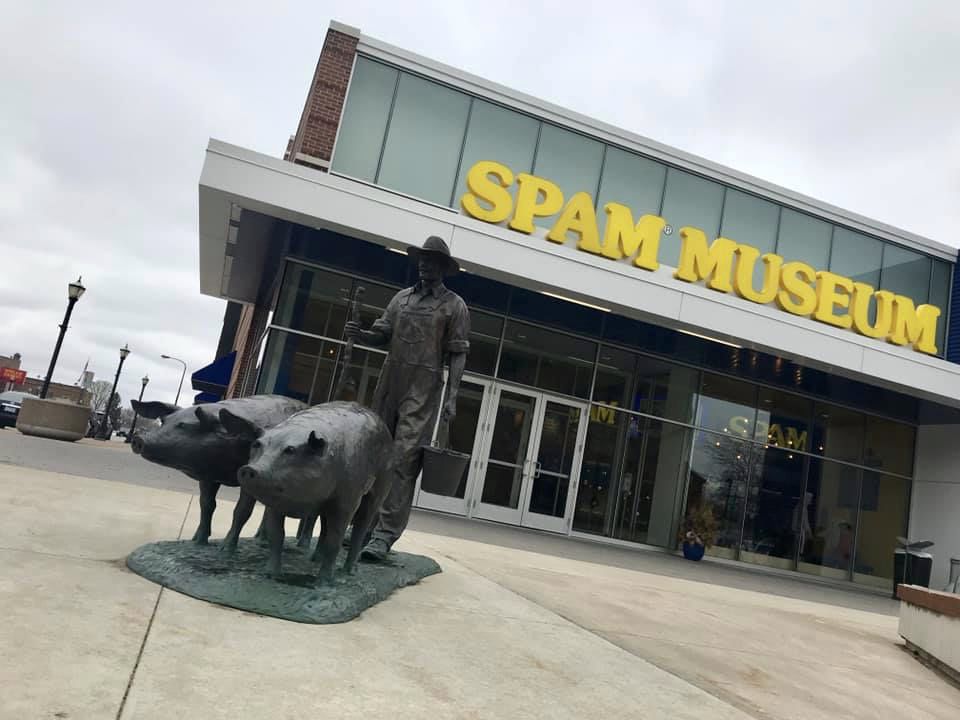
“Even the one that’s from Minnesota seems to have some pretty extreme views that doesn’t fit with Mower County,” said Doran Kasel, referring to Klobuchar.
Despite these reviews from local party leaders, very few voters we spoke with in the six states we visited mentioned the three Midwest candidates by name.
It was a reminder of how challenging it is to stand out in such a jam-packed race, even with a home field advantage.
WHAT MATTERS?
Click here to watch Episode 4: "What Matters"
As we mentioned above, out of 137 million votes cast in the 2016 election, Trump’s win came down to just 80,000 in three states — Michigan, Wisconsin and Pennsylvania.
“I think everybody understands now that the Midwest is critical to an Electoral College victory,” said Dr. Bennion.
Dr. Bennion told us that Democrats took this part of the country for granted in the last election, which probably explains why three of the people running this time around call the Midwest home.
But putting that aside, do those 80,000 voters feel any differently three years later?
As we traveled, it became clear what issue is at the top of the list -- the economy. Something the president brags about a lot.
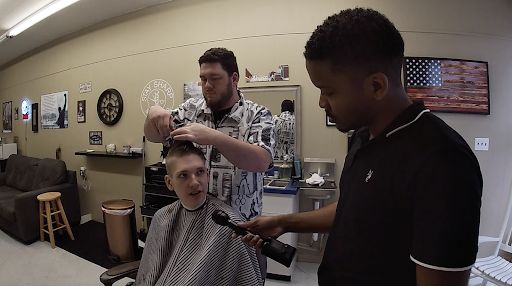
We heard about the good from people like Feller, who owns a landscaping business in Vigo County.
“[Trump’s] done stuff for small businesses and stuff like myself,” he said. “I feel we pay way too much in taxes as people that own businesses.”
We also heard about the bad from people like Tyler Kelemen and Maria Bailey in Van Buren County.
They told us young people in this area really struggle to find jobs beyond minimum wage ones in fast food restaurants.
“Yeah the wages have went up, but we’re all still struggling,” said Kelemen.
“All the children are coming back to their parents’ to live because they can’t afford to get their own places,” said Bailey.
From a General Motors plant in northeast Ohio that’s now sitting empty to Erie County, where manufacturing jobs have gradually disappeared, it was clear that in the industrial Midwest, a ‘jobs first’ message worked in 2016 — and could work again.
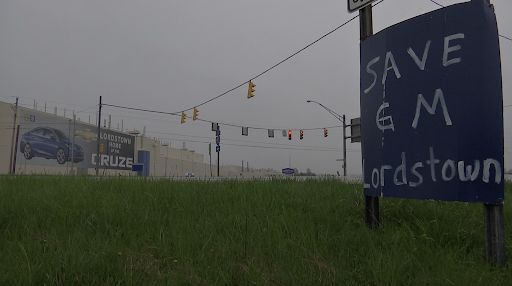
“If [candidates] can talk to people who still have economic anxiety, despite the fact that we’ve seen a recovery from the recession, that will be important,” said Dr. Bennion.
We headed west, making our way through quaint downtowns and quiet farms in Sauk County.
We stopped by the Spam Museum and wind turbines that dot Mower County.
It’s a world away from so much — over 1,500 miles away from the US-Mexico border. But that didn’t stop people from bringing up their frustrations with the immigration system in America.
“This country just does not have room to accept all the people that want to come into this country,” said Tom Morem, a retiree in Mower County who we spoke to at McDonald’s.
In Sauk County, we stopped by an American flag store that caught our attention and met Kathy Gonzales.
“Who’s footing the bill on that?” she asked, referring to migrants who illegally cross over into the United States. “I understand it’s millions of millions of dollars that the U.S. government is paying to take care of these people. So there is a system, and they should follow it.”
At the root of these political debates is a theme we picked up on throughout our travels.
People in the Midwest are still fighting to be seen and heard.
“It does honestly feel like we have been forgotten,” said Kelemen, sitting in his pickup truck in rural Van Buren County.
In Indiana, Kelly Mason called up her husband, Jeremy, because he’s so passionate about this.
“Both [political] parties have gone so far extreme they’ve left us flyover states pretty much fending for ourselves,” “Both [political] parties have gone so far extreme they’ve left us flyover states pretty much fending for ourselves,” he said.
And a few miles away, Isabella Fox, a student at Indiana State University in Terre Haute, told us she just wants candidates to visit.
“Because no one ever comes through here,” she said.
They want attention. And they want someone who is genuine.
No matter where we went, the word ‘authenticity’ kept coming up, unprompted.
“If [politicians] say that they’re going to do something, they need to follow up on it, too,” said Audrey Frave, who spoke with us along the shore of Lake Michigan in Van Buren County.
Because what matters most to people here is that politicians have a plan for the next chapter.
“We’re starting to see what shape these post-industrial, Rust Belt cities might take in the future,” said Dr. Bennion. “And so candidates will need to be able to address that new future.”





